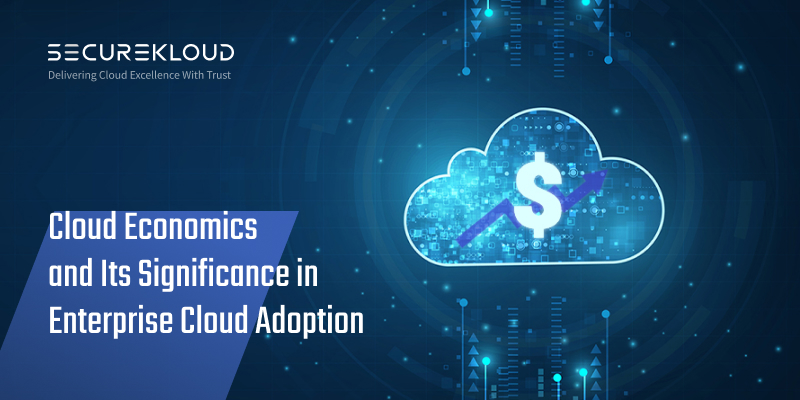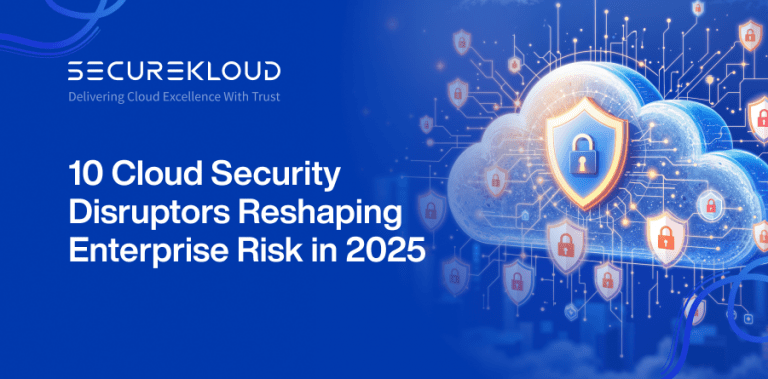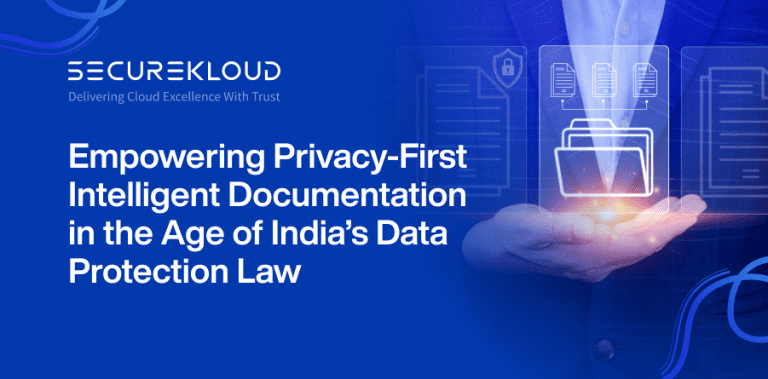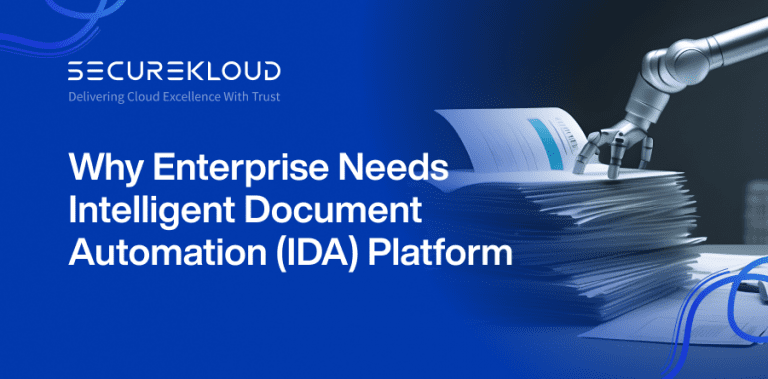- 6Minutes
- 1088Words
- 9Views
As the pace of digitization has accelerated, cloud adoption is no longer tagged as a tech progressive move. Rather, it has become a benchmark for enterprises to innovate, survive, and grow. But, despite the obvious benefits of cloud computing, CIOs are puzzled by several questions such as–
- Which cloud model is best for their business?
- How long will a cloud migration take?
- What is the ideal cloud adoption strategy?
- What are the relative costs and risks of cloud adoption?
Do you have similar questions in your mind, then you are dealing with cloud economics. Read on to understand the basic concepts of cloud economics and how this new approach can help your organization to optimize your cloud spend, thereby maximizing the value of your investment.
What is Cloud Economics and why it’s important?
A study about the financial aspects of cloud computing, cloud economics helps you to make better decisions about cloud adoption. It is an economic analysis that makes you understand cloud adoption’s principles and cost-benefit analysis. With cloud economics, CIOs and IT leaders can easily determine if adopting cloud is the right step for their business as it establishes the cost-benefit status quo of their organization.
Hence, understanding cloud economics is crucial to optimize your investment in cloud as much as possible. Since cloud economics helps you determine if cloud adoption is right for your business, it’s important to take it up before getting on with the adoption practices.
Now, what do you think is the greatest barrier to the cloud economics approach? Rather than building financial approaches and economic models specific to cloud, most enterprises are still stuck with legacy IT practices of on-premises computing. This can negatively impact their cloud adoption programs, or the business value derived from the cloud can fall short of their expectations.
Let’s look into the four key areas of cloud economics and how it affects businesses to gauge the profitability of cloud.
Four Important Aspects of Cloud Economics
- Analyze the Cloud Total Cost of Ownership (TCO) Estimate
An important aspect of cloud economics, the total cost of ownership (TCO) involves all possible costs related to adopting, operating, provisioning, and managing a cloud infrastructure. Unlike the TCO analysis for legacy IT infrastructure, it can be challenging to perform TCO analysis for your cloud environment as it’s inherently more dynamic and complex. For cloud computing, even though the goal is to achieve a lower TCO, a higher TCO can also be justified by the intangible benefits (scalability, agility, speed to market) obtained through the cloud.
Steps to analyze the cloud TCO:- Calculate the cost of your current IT infrastructure, if any (hardware and software costs, maintenance, personnel, upgrades, and other hidden costs)
- Estimate the cost of cloud adoption (planning and migration costs)
- Get the cost of operating the application on cloud (cloud bill charged by the provider)
- Cost of additional personnel to manage cloud operations
- Manage the Costs in the OPEX Model (cloud computing)
While traditional computing costs are predictable and straightforward, cloud computing costs depend on the pay-as-you-go model, which means the cloud bill can vary month-on-month based on the services used and consumption. The switch from CAPEX (traditional computing) to OPEX (cloud computing) is a key aspect that affects how enterprises account for cost and forms a key focus area of cloud economics..
The cloud computing model can save your business upfront costs; however, cloud costs can spiral up if your resources are not managed properly. This is when it’s important to implement a cloud cost optimization strategy that can help you reduce your cloud bill.
- Elasticity in Cloud Computing Ensures Cost Efficiency
When it comes to addressing the peaks in computing capacity, traditional IT teams procure additional infrastructure, which involves significant costs and is rarely used once the demand lowers. Whereas, cloud enables elasticity, which means resources can be provisioned on demand and you need to pay only for what you use. This appealing feature of the cloud computing model allows you to optimize resource usage and increases cost efficiency. - On-Demand Pricing Model Can Result in Uncontrolled Costs
With an on-demand pricing model, your cloud costs become elastic, which means costs can go out of control if not monitored and controlled regularly. Therefore, it’s essential to continuously optimize the usage and to make this practice a basic economic principle of cloud computing. Optimizing cloud resources involves best practices such as terminating idle instances, removing idle storage volumes, moving archived data to a lower-cost storage service, downsizing oversized instances, using reserved instances where applicable, and changing the ‘shape’ of the instance to match the actual workload (rightsizing).
Realizing people costs is one of the key facets of cloud economics. Similar to traditional IT infrastructure, cloud computing as well requires considerable manpower to govern and maintain the cloud, thereby adding to people costs.
However, understanding the costs involved with cloud alone is not enough to practically act on optimizing the cloud costs and this is where FinOps comes into the cloud economics picture.
Driving a true Cloud FinOps Capability is the Key
You are ready to hit the ground running in the cloud. And the primary reasons to make the cloud move ultimately boil down to cost savings and agility. But the question is have you really succeeded in saving costs? Now, this is where you need to develop, hone, and master a practice called FinOps.
At its core, FinOps is a cultural practice that brings in financial control, predictability, accountability, and optimization strategies to gain maximum business profit. It is a cloud financial management practice, where everyone takes ownership of their cloud usage, gaining more financial control over the variable spend model of the cloud.
The Bottom Line
These days, businesses are continuously seeking to better operate and manage their cloud spend, optimize costs, and gain their desired business agility. While the cloud offers great promise to organizations across industries, understanding cloud economics will be a critical success factor. It helps you forecast cloud spending, estimate the ROI, compare the cost-effectiveness of different cloud infrastructure models, and speed up the decision-making process.
However, understanding cloud economics alone can’t cut down your cloud bills, rather you should enhance your organization’s Cloud FinOps capabilities to accelerate the business value of cloud computing. Getting the cloud costs right means getting the cloud right. Contact us, to start your cloud journey with our cloud cost optimization and FinOps strategy, backed by our 14+ years of cloud competence and 350+ best-trained cloud consultants with expertise in AWS, Azure, and GCP.






